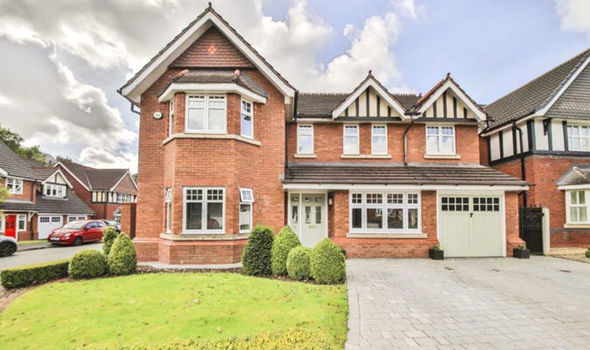With rising interest rates and the cost-of-living crisis highlighting the importance of financial stability for families across the country, it comes as no surprise to see them searching for ways to supplement their salaries. A study from IW Capital shows that 29% of adults in the UK are planning to earn money through passive income sources in the next year as they search for options to diversify their income. There is now a new trend of Brits turning to residential property to achieve this, with Paragon Bank recently reporting that it increased its buy-to-let lending by 19.5% in the first half of its financial year. This resulted in the completion of £854.6m in buy-to-let loans in the six months before 31 March 2022, with new buy-to-let business increasing by 44.4% in the same period. However, research from Capital Economics has forecast that gross rental yields will hit a new low of 4.26% by the end of 2022, due to house prices climbing more quickly than rents. Adding to this, landlords bought more homes in the first three months of 2022 than they sold, happening for the first time since 2016 according to Hamptons.
There are now several obstacles facing potential buy-to-let landlords with recent introductions of rental reforms threatening the sector. Plans published by housing secretary Michael Gove outlined a strategy to overhaul the private rental sector – intending to bolster tenant rights, however, the plans will have knock-on effects for landlords, causing additional costs and potentially the build-up of months of arrears.
The change comes as new research released by industry body Propertymark revealed that the average number of available rentals on the books of letting agents has fallen 50% from 30 to 15 amidst continuing supply and demand issues with an estimated 4.5 million Brits living in buy-to-let properties in the UK.
Another factor to consider for property investors is the decision from the Bank of England to raise the interest rate to 1.25%. This means the average net profit on a new buy-to-let property will fall by 15% for a landlord who pays higher-rate tax according to Hamptons Estate Agents. With Capital Economics forecasting interest rates to hit 3% next year, there is a real threat that buy-to-let landlords could soon be making losses on their properties. This, mixed with the government’s buy-to-let tax crackdown, means there are a number of factors first-time buy-to-let landlords must consider before investing in a property.
David Hannah, Group Chairman at Cornerstone Tax discusses the ever-changing landscape in the buy-to-let arena (full video available here: https://www.youtube.com/watch?v=Tr3-5Otk3Fs):
“Property is still outstripping inflation; it still represents a better rate of income and capital return than anything invested in a simple cash deposit account or even some of the funds that are being offered by the major investment houses. As a diversified and protected investment it is real property (bricks and mortar) that I think represents excellent value for money. Ironically, in high inflationary times your 75% mortgage will only be about a 50% mortgage in five years time assuming that property continues to rise in-line with or exceed inflation.
“If you’re looking to invest in property and buy a fixer-upper as your first buy-to-let, then the mortgage company is going to want to see some rental coming in on that property within the first six to eight weeks. Whilst you might think that you can fix this property and get it let in that time, you’ve got a lot of things to cover. Maybe that’s not as good an idea as buying something that, as a first investment, is pretty much turnkey.
“As a buy-to-let investor landlord there are many things you need. The property itself has got to have a gas safe certificate, an electrical safety certificate and it must have smoke alarms that have a carbon monoxide detector. Adding to this, the insulation has got to be up to a minimum standard and there’s a number of other legal issues you may have to address and in certain areas of the country you may have to register yourself with your local authority as a landlord so they can inspect a lot of regulation.
“In my view it would be safer to buy a turnkey project as your first property – one where you have to do very little to possibly no work in order to advertise it for letting. That’s going to prove your reputation on your first investment to your buy-to-let mortgage company. This means when you go for your second property it’s not going to be problematic in getting them to approve the loan and if I’m going to do a fixer-upper I’d probably wait until I got a couple of properties and do it on the third. That would mean you’ve got rent coming in and building up surplus cash which should take away the need to dip into my own savings to deal with the refurbishment costs, it gives you the option to pay for them with the profits on the other two.”




